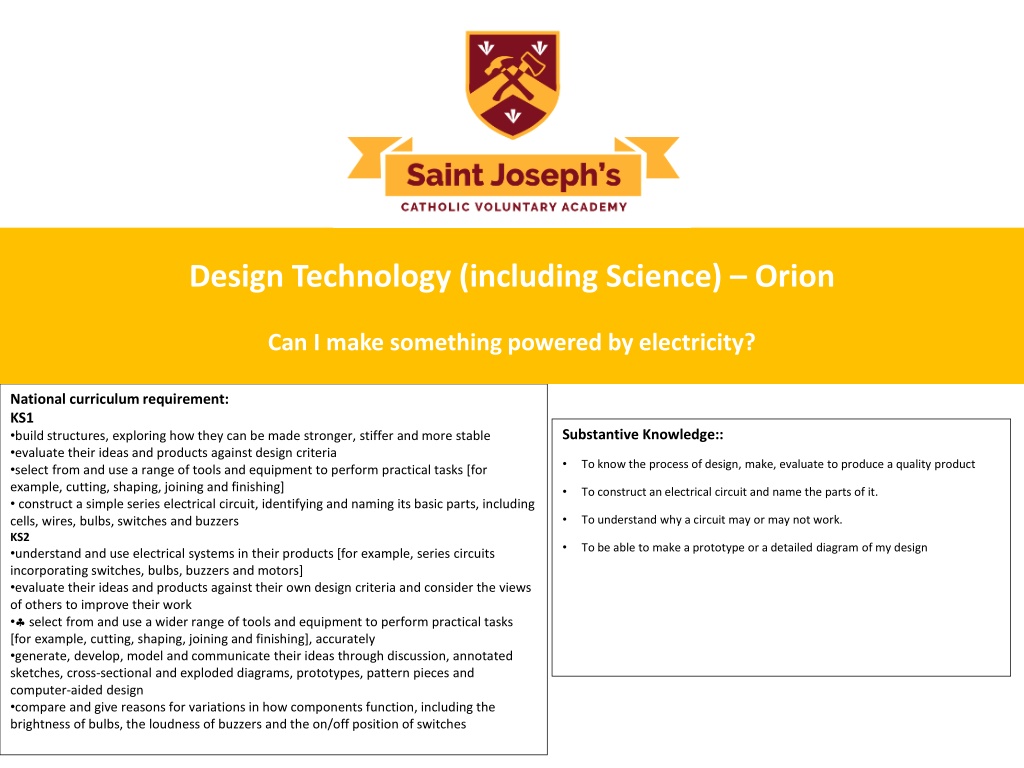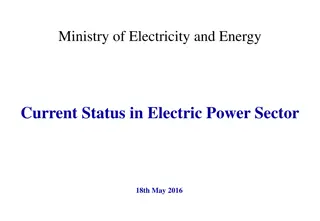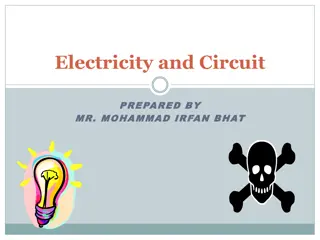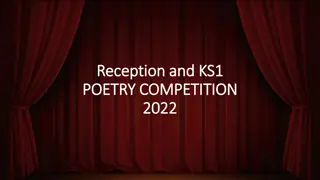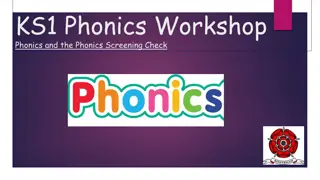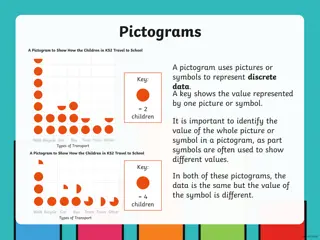Exploring Electricity Through Design Technology: KS1 and KS2 Curriculum Requirements
Embrace design technology to explore electricity for KS1 and KS2 curriculum requirements. Build stronger, stiffer, and stable structures, construct electrical circuits, evaluate design criteria, and use tools effectively. Enhance understanding of electrical systems, components, and prototypes while fostering creativity and critical thinking skills.
Download Presentation

Please find below an Image/Link to download the presentation.
The content on the website is provided AS IS for your information and personal use only. It may not be sold, licensed, or shared on other websites without obtaining consent from the author. Download presentation by click this link. If you encounter any issues during the download, it is possible that the publisher has removed the file from their server.
E N D
Presentation Transcript
Design Technology (including Science) Orion Can I make something powered by electricity? National curriculum requirement: KS1 build structures, exploring how they can be made stronger, stiffer and more stable evaluate their ideas and products against design criteria select from and use a range of tools and equipment to perform practical tasks [for example, cutting, shaping, joining and finishing] construct a simple series electrical circuit, identifying and naming its basic parts, including cells, wires, bulbs, switches and buzzers KS2 understand and use electrical systems in their products [for example, series circuits incorporating switches, bulbs, buzzers and motors] evaluate their ideas and products against their own design criteria and consider the views of others to improve their work select from and use a wider range of tools and equipment to perform practical tasks [for example, cutting, shaping, joining and finishing], accurately generate, develop, model and communicate their ideas through discussion, annotated sketches, cross-sectional and exploded diagrams, prototypes, pattern pieces and computer-aided design compare and give reasons for variations in how components function, including the brightness of bulbs, the loudness of buzzers and the on/off position of switches Substantive Knowledge:: To know the process of design, make, evaluate to produce a quality product To construct an electrical circuit and name the parts of it. To understand why a circuit may or may not work. To be able to make a prototype or a detailed diagram of my design
Long-term overview for Design Technology Orion Design Technology: to use the process of design, make and evaluate Science: Apply skills linked to forces Can I make something powered by electricity? What can we tell you about materials that conduct electricity? What can I tell you about the design process and why it is important? What can we tell you about an electrical circuit? What can we tell you about the importance of prototypes and detailed design? What do we know about the components of an electrical circuit? Disciplinary Knowledge Research (science) Electricity, protons, components Research (design technology) generate, develop, model and communicate their ideas through discussion, annotated sketches, cross-sectional and exploded diagrams, prototypes, pattern pieces and computer-aided design
Orion Knowledge Organiser Subject: Design Technology Main Learning: Can I make something powered by electricity? Key knowledge Vocabulary A route that starts and finishes in the same place circuit Know the design process and the importance of each stage Particle of electricity Electrons Know how to make an electrical circuit A material that allows electricity through Know the materials that allow electricity to flow through them Conductor A material that does not allow electricity through Insulator Explain the different components of an electrical circuit A part that makes an electrical circuit Component Know the importance of communicating my ideas through prototypes and detailed diagrams A first version of something that you want to make prototype Prior Knowledge 3
Can I make something powered by electricity? Resources/ Events: Books about electricity Range of materials Carboard Bulb holders bulbs buzzers switches batteries wires
